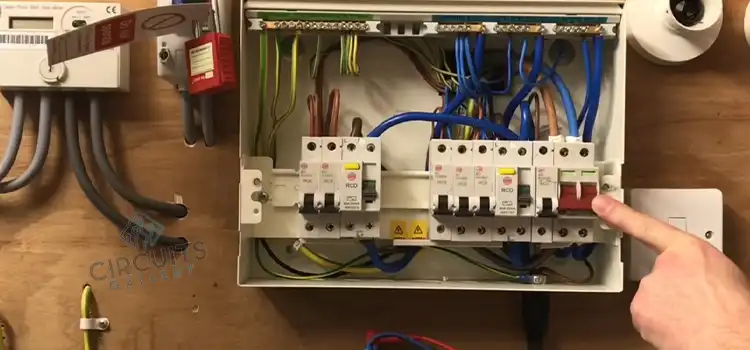Should There Be Continuity Between Neutral and Ground? | Good or Bad for an Electrical Circuit
There should be continuity between neutral and ground because it works as a safe path for an electrical circuit. In most electric circuits, there are three wires; they are hot wire (known as powered wire), neutral wire, and ground wire.
In electrical circuits neutral and the ground is known as circuit conductors. The neutral wire is connected to the ground wire and the other devices are connected to the neutral. It saves a man from getting shocked. Also helps save the electrical devices from damage because of hazardous voltage.

Should Continuity Maintain Between Neutral and Ground in Subpanel?
There is continuity between neutral and ground in the sub-panel because without continuity there will be no path for fault current to flow back to the transformer and current can not flow in an open path.
A subpanel is a service panel that works as a circuit breaker also known as a satellite circuit breaker. Circuit wires are connected to it. When hot wire connects to the ground current flow shut down automatically.
Should Neutral and Earth Have Continuity?
Yes, neutral and earth should have continuity. The neutral wire is connected to the ground wire and the ground wire is connected to the earth. The voltage of the earth is considered to be zero.
The neutrals of the electrical circuit have the same potential. The earth works as a safe path for fault currents. Sometimes it disturbs the flow of current passing through the neutral.
Should There Be Resistance Between Neutral and Ground?
The resistance between neutral and ground is zero or close to zero. Resistance should be zero but due to fraction resistance is achieved. The resistance increases due to the temperature increase. The resistance limits the fault current.
What Should Read Between Neutral and Ground?”
We should read the voltage between neutral and ground. The voltage between should be identically zero but because of GFCI (Ground Fault Current Interrupts), the potential of neutral and ground are not the same. This creates a voltage difference.
Conclusion
We should connect neutral and ground for safety reasons. As a conductor, the resistance voltage difference between them exists because of the earth pit and connecting wire. The connection saves one from getting an extensive shock and also save the devices from hazardous voltage.
Subscribe to our newsletter
& plug into
the world of circuits